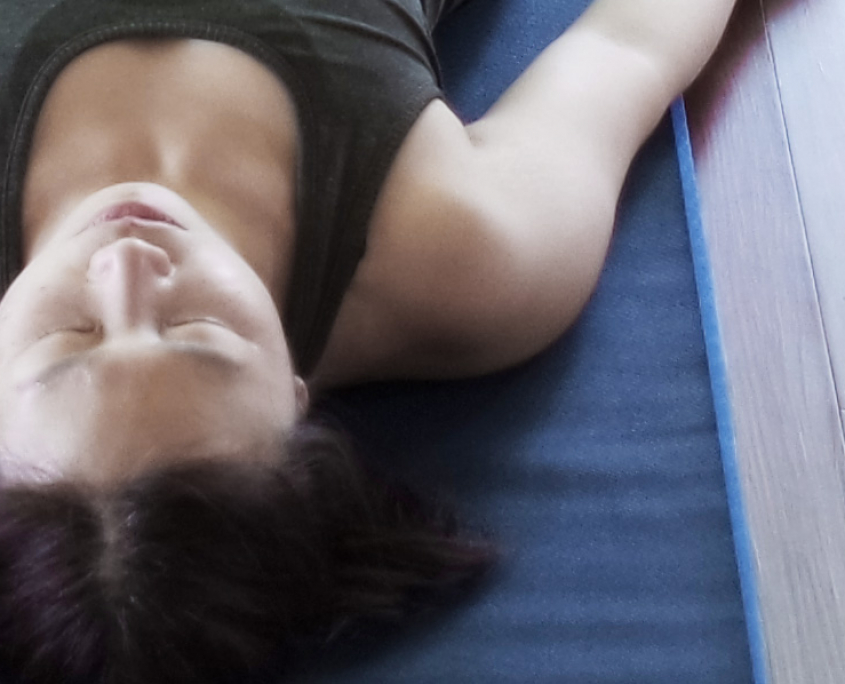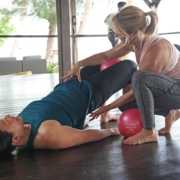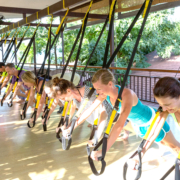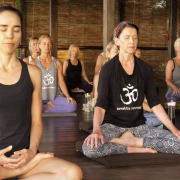 https://samahitaretreat.com/wp-content/uploads/2023/10/IMG_6469-scaled.jpg
1707
2560
Kirsten Mia
http://samahitaretreat.com/wp-content/uploads/2024/01/samahita-logo-v2.svg
Kirsten Mia2023-10-10 04:54:302024-02-15 09:17:08The Ripple Effect…
https://samahitaretreat.com/wp-content/uploads/2023/10/IMG_6469-scaled.jpg
1707
2560
Kirsten Mia
http://samahitaretreat.com/wp-content/uploads/2024/01/samahita-logo-v2.svg
Kirsten Mia2023-10-10 04:54:302024-02-15 09:17:08The Ripple Effect…7 Tips for Better Sleep
7 Tips for Better Sleep
Paul Dallaghan
The research on sleep and understanding coming from it is increasing every year. Poor quality sleep first and foremost, and then duration of sleep, are considered main culprits behind several disease states. This blog does not plan to write a synopsis of all this wonderful information. Rather, it is a help to address a question recently asked in class, and common everywhere, “I can’t fall asleep … is there a way to breathe and sleep and calm down?”
1. Get up and Get Light in the Morning You need to set your body clock. Your brain and body follow a rhythm that has been entrained to light and dark for hundreds of thousands of years, and more if you consider the evolution of all mammals. Light in the morning causes melatonin to stop secretion and cortisol, a valuable energy raising molecule not just about stress, to rise. Start your morning right and your day proceeds.
2. Balance Your Day Following your timely rise and light exposure aim to mix your day with timely eating, activity and movement, focused work, accomplish something on your list, so by the end of the day you are naturally tired and ideally more emotionally balanced, making sleep come quite naturally.
3. Room Temperature Your brain needs sleep. It has a lot to do at night. This is where quality in sleep is vital. In our human history these bodies of ours have evolved to sleep during the dark and typically in cooler settings. Set your room to around 20 degrees Celsius (68 Farenheit). For good sleep your core and peripheral temperatures need to balance out. Temperature kept cool allows your brain to do its important clean and repair work. Wake up feeling fresher.
4. Darken Your Room Sunlight carries the whole light spectrum, important to bathe in during the earlier part of the day, and then necessary to move away from later in the day on into the night. In a world without artificial lighting there is little chance of seeing light at sleep time other than from the moon, stars or fire, all very incandescent and absent of blue light rays. The moment blue light is sensed by your eyes (melanopsin receptors) it sends a message through your clock region of the brain, on to the pineal gland, to halt melatonin release. Sleep quality is broken and an important antioxidant (melatonin) has just been limited in circulation. So darken your room to the maximum you can, especially if there are outside artificial light sources pouring into your room.
5. Avoid Blue Light before Bed All electronic devices and most indoor lighting, such as LEDs, are loaded with blue light. Ironically less than 1,000 LUX, so not enough to really raise your morning energy yet too much at night to disturb your melatonin production and mess with your sleep quality. In the day get out and get some real daylight. Then after dark avoid blue light sources. Either wear blue light blocking glasses, change your light bulbs (Philips Hue does this naturally), add Himalayan salt pink lamps around your house at night, and red tape cover those pesky little LED light signs that might be shining in your room when you try to sleep.
6. Don’t Eat Late We all have different day rhythms, meaning some of us get up early, some later, some fast early and eat lunch and dinner, others eat breakfast and either lunch or dinner, and some still, well, just eat, perhaps a lot throughout the day. Digestion is a major metabolic function, requires a lot of energy to do it right, and slows down if the food load is too much or if too late when your body has switched activity mode. If you did not eat all day and are starving then your body is ready for food, even if later in the evening. But for many having eaten well in the day then rethink how much and how late you should eat. Aim for 4 hours before bed, which includes your cup of herbal tea and chocolate snack. But enjoy them all the same.
7. Calm Before Bed Take some time, how much is up to you, to sit and compose yourself at the end of the day. This is a good time to add in some of the breathing techniques you may have learned in yoga. Best techniques are sheetali (inhale through tongue, exhale out the nose), ujjayi (in both nostrils, exhale out the left), and bhramari, hummmm sweetly like the female bee. There’s more one can do here for a routine, which will come in a future blog, but getting the key points above working first is important. Then go deeper within.
Dr. Paul Dallaghan’s expertise with breathwork, body and meditative practices comes from three sources: (1) three decades of daily dedicated practice and teaching these techniques; (2) uniquely acknowledged in the Yoga tradition by the title of “Master Yogi-Prānācharya (expert in breath)”, following an immersion in the original culture through one-on-one direct training in practice and study of ancient texts; (3) a PhD in doctoral scientific research at a leading US university (Emory) covering both the tradition and science of yoga and breath practices in terms of stress, health and aging. As a result, Paul occupies a unique space to impart genuine teaching and science on the breath, body, and meditative practices, seen as a Teacher-of-teachers and identified to carry on the tradition of Pranayama. His sincere and ongoing role is to teach, write and research, to help put out experienced and authentic information on these areas of how we live, breathe and be, to help people improve their mental and physical health, and live more fulfilling lives.
For more on his background see his bio
More from the Samahita Blog







